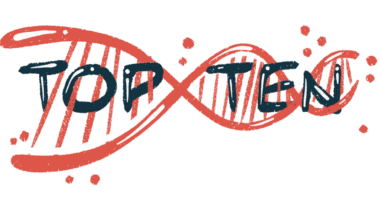Genetic Therapeutic Strategies for Duchenne Muscular Dystrophy

Researchers at the University of Oxford in the United Kingdom recently published in the journal Experimental Physiology a review on the recent progress in genetic based therapies for Duchenne muscular dystrophy (DMD). The study is entitled “Advances in genetic therapeutic strategies for Duchenne muscular dystrophy”.
DMD is an inherited disorder caused by a defective gene called dystrophin. It is characterized by a rapid progressive skeletal muscle weakness as a result of chronic inflammation and degeneration of muscle cells and tissue, which can compromise locomotion and also respiratory and cardiac functions. DMD has a rapid progression and affects mainly boys, with up to 1 in every 3,500 – 5,000 live male births developing the disease. The majority of DMD patients requires a wheelchair by the age of 12 and patients often succumb to the disease in their 20s due to respiratory and cardiac failure.
Due to the loss of the dystrophin protein, strength, flexibility and stability of muscle fibers is compromised in DMD patients. The major challenge to develop an effective therapy for the disorder is the need to target all the different muscles affected by it, including muscles in the limbs and the respiratory and cardiac systems.
According to the authors, considerable progress has been made in the last two decades regarding DMD pathogenesis and underlying mechanisms. Genetic therapies have been developed based on these findings.
One genetic therapy is dystrophin gene replacement strategies in which delivery systems such as adeno-associated virus (AAV) vectors are employed to distribute a functional dystrophin gene to all muscles in DMD patients. Another strategy is to use gene product modifiers to restore dystrophin expression by either modulating the splicing (maturation of the RNA molecule) of the gene, its translation into protein or by editing its sequence. A third approach discussed in the study is modulation strategies based on utrophin, a promising candidate to compensate the lack of dystrophin in DMD patients and re-establish muscle function. The modulation of utrophin levels can be achieved by direct protein replacement, upregulation of utrophin RNA levels or stabilization of the utrophin protein/RNA.
Pre-clinical studies based on these different genetic therapeutic strategies have yielded promising results and several clinical trials are currently underway.
The authors concluded that identifying the dystrophin gene as the cause of DMD has allowed the development of several genetic therapeutic strategies that have yielded encouraging results so far, supporting the idea that an effective treatment for DMD is possible.






